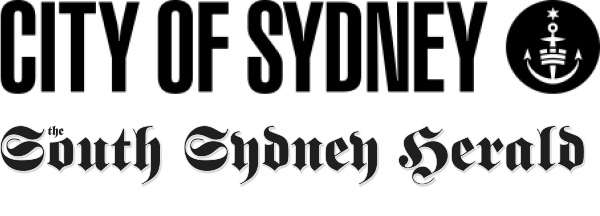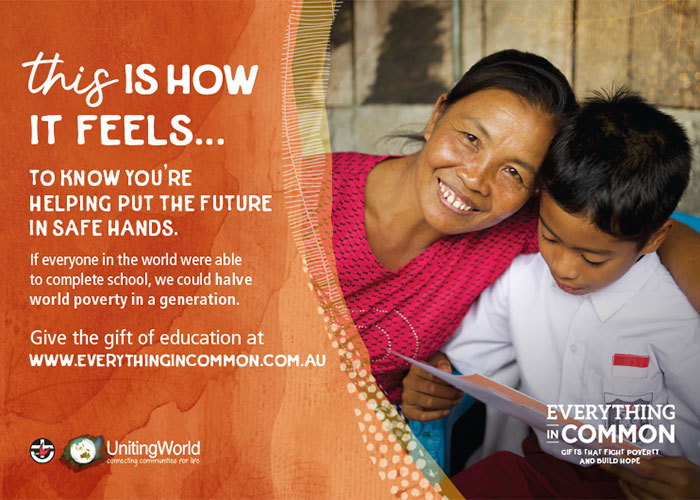My name is Michelle Blakeney and my mother, Salina Blakeney, came from Cabbage Tree Island Aboriginal Mission on the far north coast of NSW which is Bundjalung country.
My grandfather was Yaegl from Ulgundahi Island which is further south near Yamba and Maclean. Mum moved to The Block in Redfern when she was 16 years old, and she loved it.
I grew up in Woolloomooloo.
The house that we lived in was part of the green ban movement that provided social housing for people on low incomes. My mother was one of the lucky ones to move into one of those houses with her three children in 1981. She was a pillar of the community and an important part of our annual NAIDOC events, Plunkett Street School and the Woolloomooloo Community Centre. Her vison was to create a culturally safe place which is to be called Matora Mob.
During my teenage years we swam in the water, diving into the ocean from the Woolloomooloo wharves which are now owned by the rich and famous. When we were young the finger wharves were not developed as we see them today, so it was safe for us children to hang out there – roller-skating, riding our skateboards and BMX bikes.
It was such fun to be a kid in Woolloomooloo in the 1980s. The local community centre and the staff were so supportive. All the workers lived in the community which was great for us.
I call myself a story catcher as I feel that it is so important to document my people’s unique culture, talent and history. I am able to do this through photography, film and theatre.
An important reason why I think these stories must be heard is personal. It brings about an awareness of the broader Australian history. So many families have been and continue to be affected by past government policies such as the Stolen Generation.
Photography provides a link from the past to the present as it is immediate and powerful. There are always so many stories within the story of the photograph itself. This is my talent that allows me to tell my story and the stories of my people.
I want to continue to be able to empower others to think about and develop their own creativity through the arts. I know that my personal journey is so important for me to continue to feel well, mentally and spiritually.
_______________

This is the third in a series of articles by Aboriginal and Torres Strait Islander people living and working on Gadigal land. The series, a joint project of the SSH and the City of Sydney, is curated by Aunty Norma Ingram.





